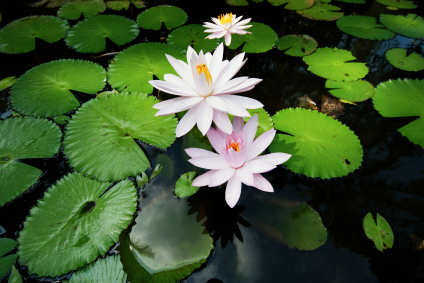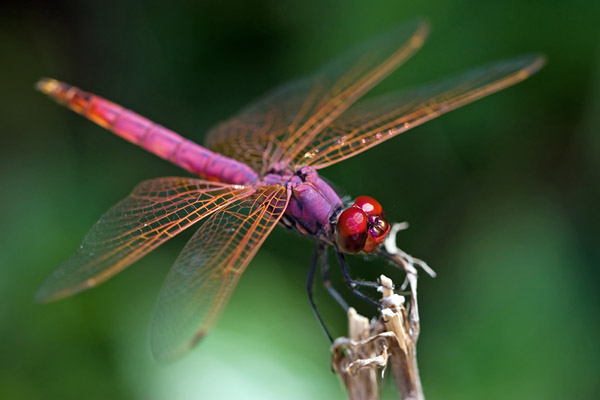Stamp: Třeboňsko, L. a J. Knotkovi, M. Srb (Personalized and Private Mail Stamps 2014)
Třeboňsko, L. a J. Knotkovi, M. Srb (Personalized and Private Mail Stamps 2014)
06 June (Personalized and Private Mail Stamps ) within release Czech Republic : My Own Stamps goes into circulation Stamp Třeboňsko, L. a J. Knotkovi, M. Srb face value A No Face Value
| Stamp Třeboňsko, L. a J. Knotkovi, M. Srb in catalogues | |
|---|---|
| POFIS: | POF: CZ VZ0217 |
Stamp is square format.
Also in the issue Czech Republic : My Own Stamps:
- Stamp - Členská prémie SSCNP na rok 2012, A. Absolon face value A;
- Stamp - Krása orchidejí, L. a J. Knotkovi, M. Srb face value A;
- Stamp - SSCNP - nové logo společnosti, výroční tisk 2013 face value E;
- Stamp - Mělník - Pšovka 100 let pošty, P. Dvořák face value A;
- Stamp - 60 let KF 05-41 v Jilemnici, autogramiáda J. Kavana face value A;
- Stamp - Krkonoše, L. a J. Knotkovi, M. Srb face value A;
- Stamp - Třebenice, Křest aršíku České středohoří, A. Absolon face value A;
- Stamp - Vodní dílo Fláje – křest známky. A. Absolon face value A;
- Stamp - 150 let železnice v Semilech, J. Bouda face value A;
- Stamp - Jan Kašpar – první let s cestujícím Mělník – Chuchle face value A;
- Stamp - Kadaň - výstava M. Srba face value A;
- Stamp - 150 let železnice Pardubice - Liberec, J Bouda face value E;
- Stamp - Třeboňsko, L. a J. Knotkovi, M. Srb face value A;
- Stamp - Asijské umění, M. Srb face value A;
- Stamp - Ledňáčci, L. a J. Knotkovi, M. Srb face value E;
- Stamp - Šumava - křest aršíku, L. a J. Knotkovi face value A;
- Stamp - Rytina ve známkové tvorbě, M. Srb face value A;
- Stamp - SSCNP – nové logo společnosti, výroční tisk 2013 face value A;
- Stamp - 150 let železnice Pardubice - Liberec, J. Bouda face value A;
- Stamp - Ledňáčci, L. a J. Knotkovi, M. Srb face value A;
- Stamp - Krása orchidejí - křest aršíku, L. a J. Knotkovi face value A;
- Mini Sheet - Společnost Sběratelů Celin s Neoficiálním Přítiskem face value None;
- Stamp - Krkonošské muzeum v Jilemnici – výstava L. a J. Knotkových face value A;
- Stamp - Mělník – Votivní obraz z Šopky 1506, mistr I W face value A;
- Stamp - Pocta hinduismu, K. Šafář, M. Srb face value A;
- Stamp - 60 let KF 05-41 v Jilemnici60 let, autogramiáda Jiřího Boudy face value A;
Stamp Třeboňsko, L. a J. Knotkovi, M. Srb it reflects the thematic directions:
Animals are multicellular, eukaryotic organisms of the kingdom Animalia (also called Metazoa). All animals are motile, meaning they can move spontaneously and independently, at some point in their lives. Their body plan eventually becomes fixed as they develop, although some undergo a process of metamorphosis later on in their lives. All animals are heterotrophs: they must ingest other organisms or their products for sustenance.
Aquatic plants are plants that have adapted to living in aquatic environments (saltwater or freshwater). They are also referred to as hydrophytes or macrophytes. These plants require special adaptations for living submerged in water, or at the water's surface. The most common adaptation is aerenchyma, but floating leaves and finely dissected leaves are also common.
The principal factor controlling the distribution of aquatic plants is the depth and duration of flooding. However, other factors may also control their distribution, abundance, and growth form, including nutrients, disturbance from waves, grazing, and salinity.
Aquatic vascular plants have originated on multiple occasions in different plant families; they can be ferns or angiosperms (including both monocots and dicots). Seaweeds are not vascular plants; rather they are multicellular marine algae, and therefore are not typically included among aquatic plants. A few aquatic plants are able to survive in brackish, saline, and salt water. Examples are found in genera such as Thalassia and Zostera. Although most aquatic plants can reproduce by flowering and setting seed, many also have extensive asexual reproduction by means of rhizomes, turions, and fragments in general.
One of the largest aquatic plants in the world is the Amazon water lily; one of the smallest is the minute duckweed. Many small aquatic animals use plants like duckweed for a home, or for protection from predators, but areas with more vegetation are likely to have more predators. Some other familiar examples of aquatic plants might include floating heart, water lily, lotus, and water hyacinth.
Some aquatic plants are used by humans as a food source. Examples include wild rice (Zizania), water caltrop (Trapa natans), Chinese water chestnut (Eleocharis dulcis), Indian lotus (Nelumbo nucifera), water spinach (Ipomoea aquatica), and watercress (Rorippa nasturtium-aquaticum).
Philately club is an initiative of students aiming at nurturing their patience and persistence. The club activities help students to understand the intricacies while studying finer details of a tiny image printed on stamps.
A dragonfly is a flying insect belonging to the infraorder Anisoptera below the order Odonata. About 3,000 extant species of dragonflies are known. Most are tropical, with fewer species in temperate regions. Loss of wetland habitat threatens dragonfly populations around the world. Adult dragonflies are characterised by a pair of large, multifaceted, compound eyes, two pairs of strong, transparent wings, sometimes with coloured patches, and an elongated body. Many dragonflies have brilliant iridescent or metallic colours produced by structural coloration, making them conspicuous in flight. An adult dragonfly's compound eyes have nearly 24,000 ommatidia each.
Insects (from Latin insectum, a calque of Greek ἔντομον [éntomon], "cut into sections") are a class (Insecta) of hexapod invertebrates within the arthropod phylum that have a chitinous exoskeleton, a three-part body (head, thorax and abdomen), three pairs of jointed legs, compound eyes and one pair of antennae. They are the most diverse group of animals on the planet, including more than a million described species and representing more than half of all known living organisms. The number of extant species is estimated at between six and ten million, and potentially represent over 90% of the differing animal life forms on Earth. Insects may be found in nearly all environments, although only a small number of species reside in the oceans, a habitat dominated by another arthropod group, crustaceans. The life cycles of insects vary but most hatch from eggs. Insect growth is constrained by the inelastic exoskeleton and development involves a series of molts. The immature stages can differ from the adults in structure, habit and habitat, and can include a passive pupal stage in those groups that undergo 4-stage metamorphosis (see holometabolism). Insects that undergo 3-stage metamorphosis lack a pupal stage and adults develop through a series of nymphal stages. The higher level relationship of the Hexapoda is unclear. Fossilized insects of enormous size have been found from the Paleozoic Era, including giant dragonflies with wingspans of 55 to 70 cm (22–28 in). The most diverse insect groups appear to have coevolved with flowerin plants.
Flora is the plant life occurring in a particular region or time, generally the naturally occurring or indigenous—native plant life. The corresponding term for animal life is fauna. Flora, fauna and other forms of life such as fungi are collectively referred to as biota. Sometimes bacteria and fungi are also referred to as flora, as in the terms gut flora or skin flora.






